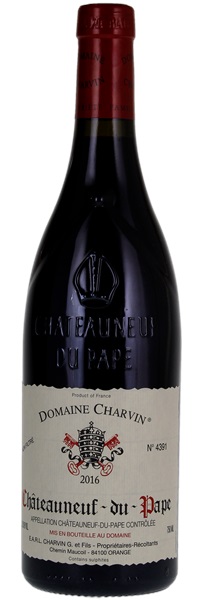Estimate

...a sensational bouquet of blackberries, currants, ground pepper, crushed violets, and Asian spices, it hits the palate with full-bodied richness, a layered, multi-dimension texture, incredible elegance, sweet tannins, and a great, great finish. It’s a thrilling wine from a great winemaker...
... An expansive, highly complex bouquet evokes ripe red fruits, candied flowers, exotic spices and minerals, and a subtle garrigue nuance emerges with aeration. Sweet, seamless and broad on the palate, offering intense Chambord, cherry pastry, star anise and candied lavender flavors that show superb delineation and back-end lift.... Round, even tannins lend gentle grip to an extremely long, red-fruit- and floral-dominated finish that shows zero rough edges.
...lovely aromas of roses, tea leaves and raspberries that lead into a full-bodied wine. It's creamy on the mid-palate, then shows some stemmy notes and increased astringency on the long, minty finish...